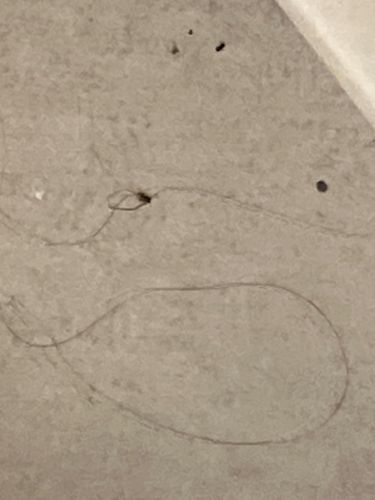Spider (Web visible)
Scientific Name: Araneae (General order for spiders)
Order & Family: Order: Araneae (Spiders), Family: Various (e.g., Araneidae for orb weavers, Theridiidae for cobweb weavers). Without a clear image of the spider itself, a specific family cannot be identified.
Size: Highly variable depending on the species; body length can range from less than 1 mm to over 10 cm.

Natural Habitat
Found in nearly all terrestrial habitats, including homes, gardens, forests, deserts, and caves. They build webs in corners, between plants, or in secluded areas.
Diet & Feeding
Mainly insects and other small arthropods, captured in their silk webs or by active hunting, depending on the species.
Behavior Patterns
Spiders are predatory arthropods that spin silk for various purposes, including building webs to capture prey, creating egg sacs, lining burrows, or for ballooning (dispersal by air). They generally avoid humans unless threatened. This image seems to show a web, possibly an orb web or a sheet web, which is used to catch insects. The spider itself is not distinct in the image, but its activity (web-building) is evident from the silk lines.
Risks & Benefits
Benefits include natural pest control (they eat many nuisance insects). Risks involve potential venomous bites from certain species (e.g., black widows, brown recluses), though most spider bites are harmless or cause only minor irritation. The spider in the image is not identifiable enough to assess specific risk.
Identified on: 9/1/2025